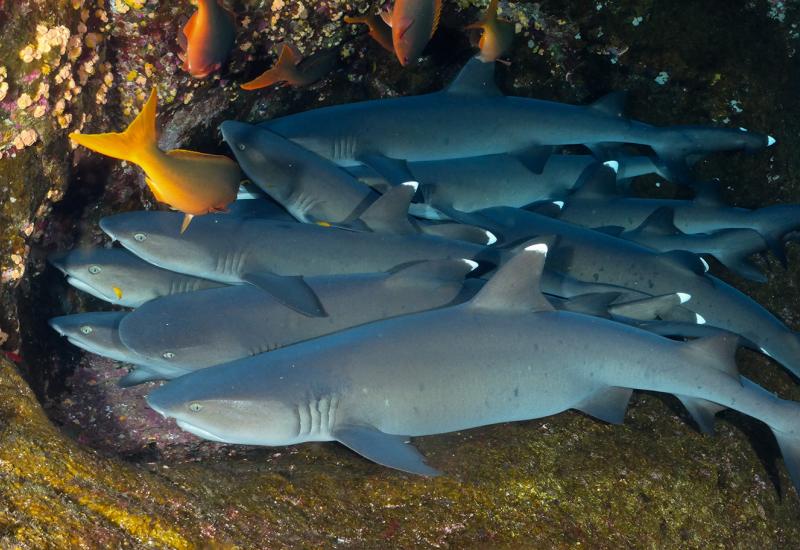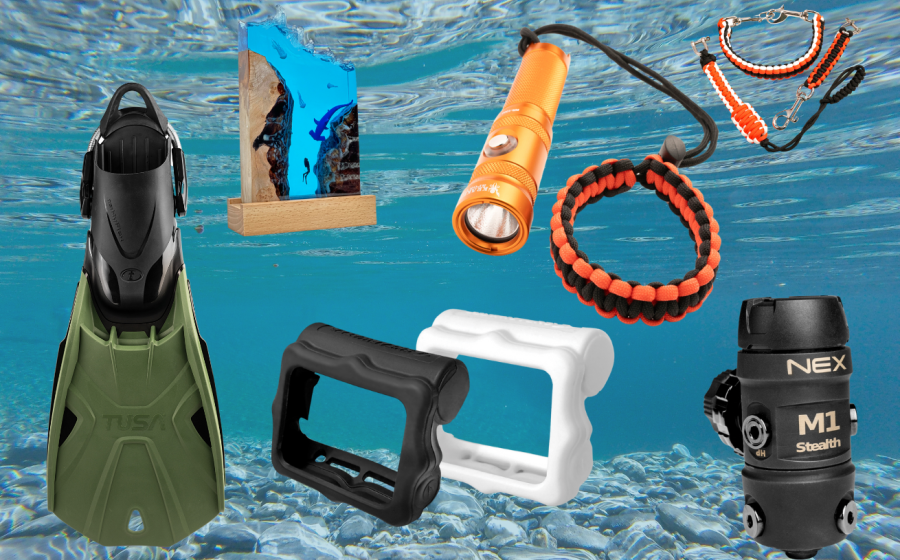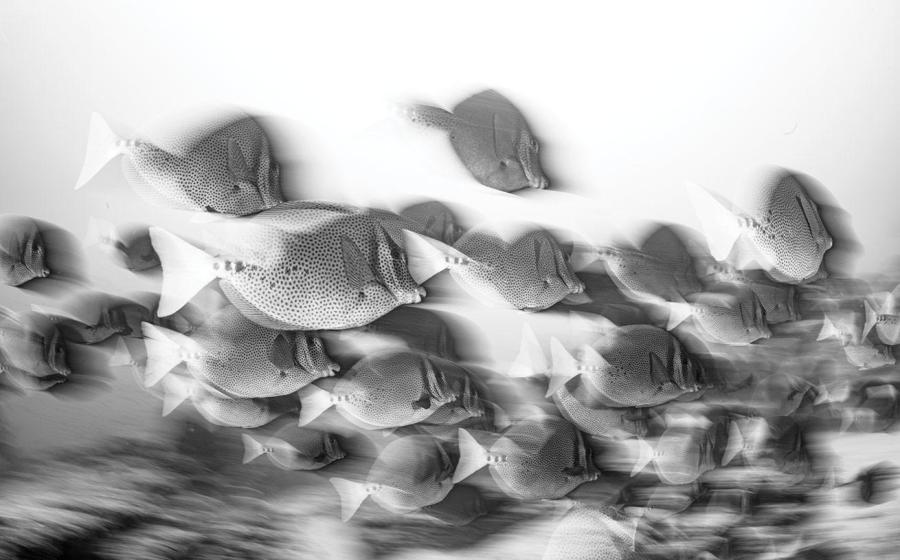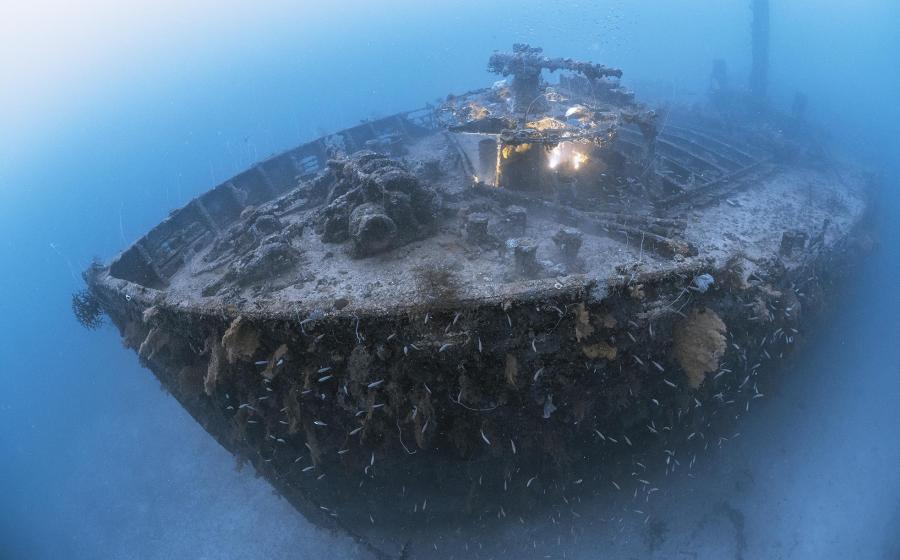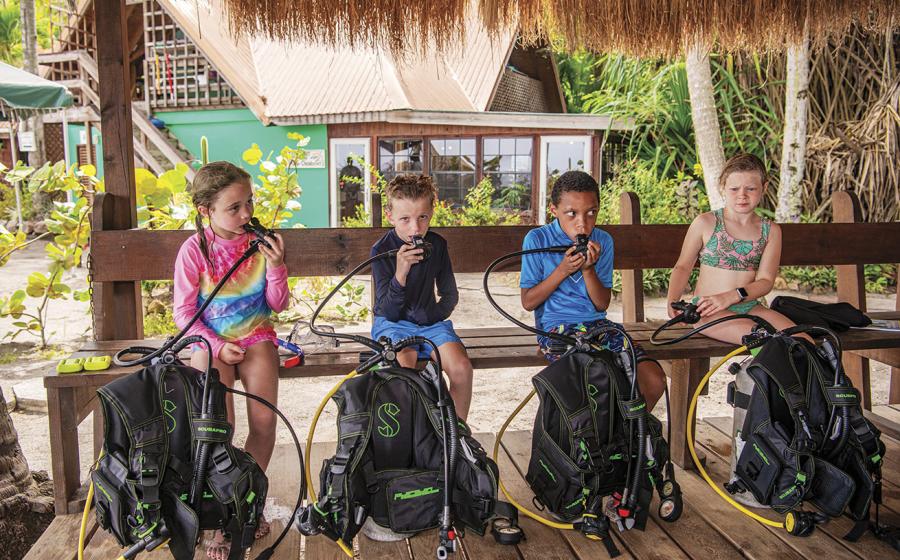How do Aquatic Animals Get into Flooded Quarries?
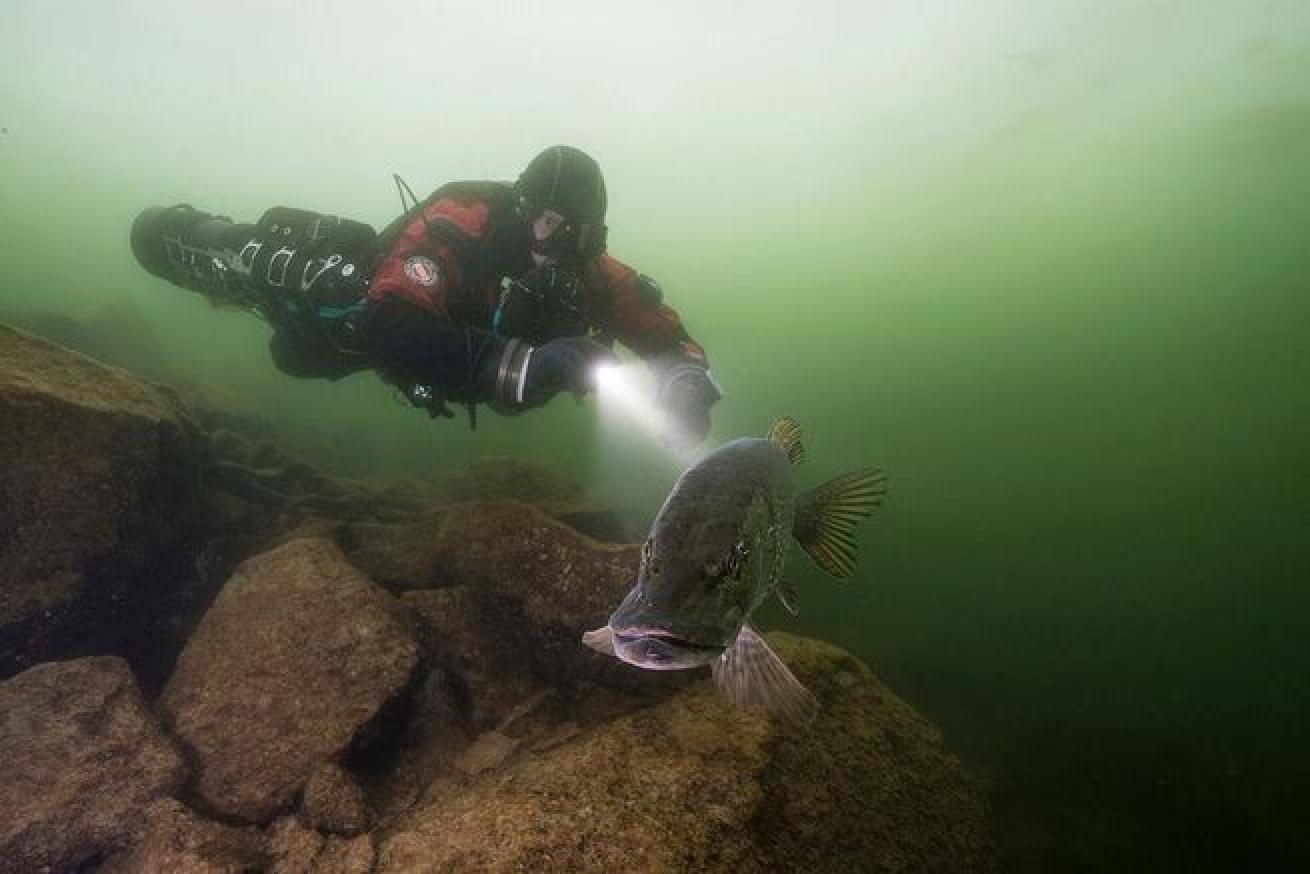
Shutterstock.com/Janik RybickajpgAnimals big and small can be introduced either on purpose or by accident.
Question: How are manmade water holes initially populated with invertebrates? I’m thinking of the flooded quarries I’ve dived over the last 47 years that have isopods, freshwater jellyfish, and more. — Ann, Pennsylvania
Answer: Isn’t it fascinating to think about how organisms can move into a new habitat that didn’t used to exist? Flooded quarries are basically artificial lakes, so every reason why aquatic animals (including fishes) can live there. But how do they get there? How does an animal that needs to be in water to survive arrive in an area that wasn’t filled with water until recently? How did, for example, a freshwater jellyfish native to China end up in quarries and lakes in at least 44 U.S. states?
There are a lot of mechanisms by which aquatic animals can disperse like this, colonizing new habitats. After all, animals had to get to even naturally-occurring lakes at some point in the past!
Related Reading: Diving Crusty's Quarry, Pennsylvania
First of all, while there may be many miles of dry land between the surface of a quarry and the surface of the next closest body of water, there may be groundwater connections. (In many cases, groundwater is how the quarry got flooded to begin with!) In these situations, it’d be easy for invertebrates or small fishes to simply swim from a lake or river to a nearby quarry. Similarly, a bad rainstorm can flood a lake, sending overflow water containing aquatic invertebrates to a flooded quarry.
Some organisms lay eggs which stick to plants, or even to the feet of birds which fly from quarry to lake (though there’s somewhat limited evidence of bird-based dispersal, at least for fish eggs. Fish are sometimes intentionally stocked to support recreational fishing.
And those freshwater jellies? When they’re tiny polyps, they live on aquatic plants. When those plants are transported to a suitable body of water (by dispersal through underwater connections, by birds or other animals carrying them, or by humans) the jellies can start their free-swimming, or “medusa,” stage. Humans who move from one body of water to the next can also bring aquatic life with them unintentionally, which is why it’s important to clean, drain, and dry gear (including but not limited to boats, fishing gear, and dive gear) if you’re moving from one body of water to the next. While this is absolutely evidence of the power and wonder of the natural world, we should also keep in mind that it means we need to be very, very careful about unintentionally spreading invasive species.
Related Reading: Discovering Patagonia's Winged Comb Jelly
Ask a Marine Biologist is a monthly column where Dr. David Shiffman answers your questions about the underwater world. Topics are chosen from reader-submitted queries as well as data from common internet searches. If you have a question you’d like answered in a future Ask a Marine Biologist column, or if you have a question about the answer given in this column, email Shiffman at [email protected] with subject line “Ask a marine biologist."

Courtesy David ShiffmanImage of David Shiffman
Dr. David Shiffman is a marine conservation biologist specializing in the ecology and conservation of sharks. An award-winning public science educator, David has spoken to thousands of people around the world about marine biology and conservation and has bylines with the Washington Post, Scientific American, New Scientist, Gizmodo and more. Follow him on @WhySharksMatter on Twitter, Facebook and Instagram, where he’s always happy to answer any questions about sharks.
The views expressed in this article are those of David Shiffman, and not necessarily the views Scuba Diving magazine.

